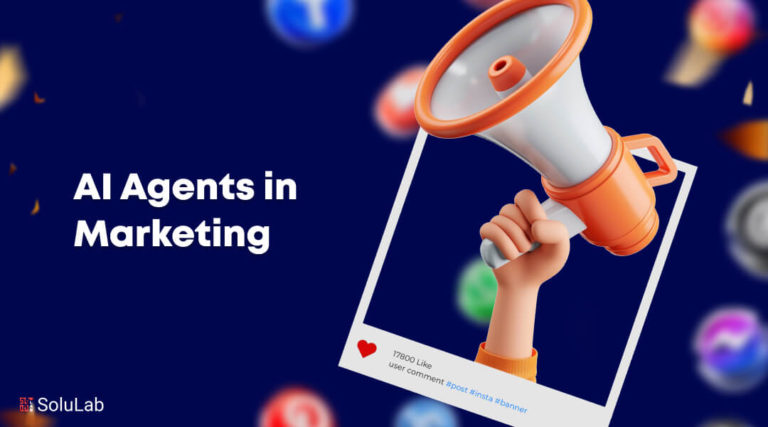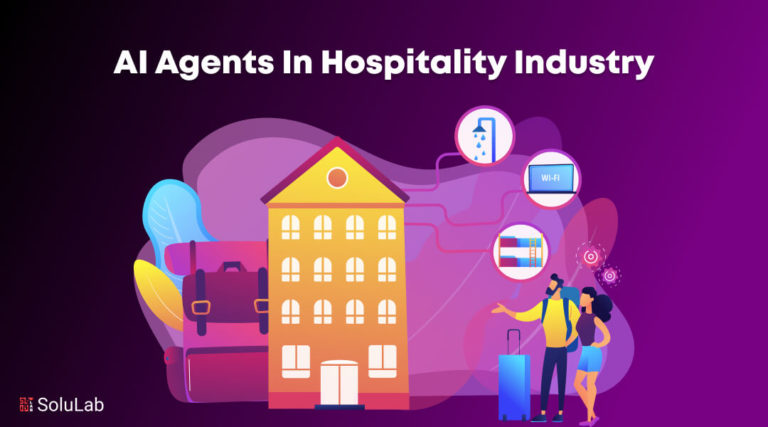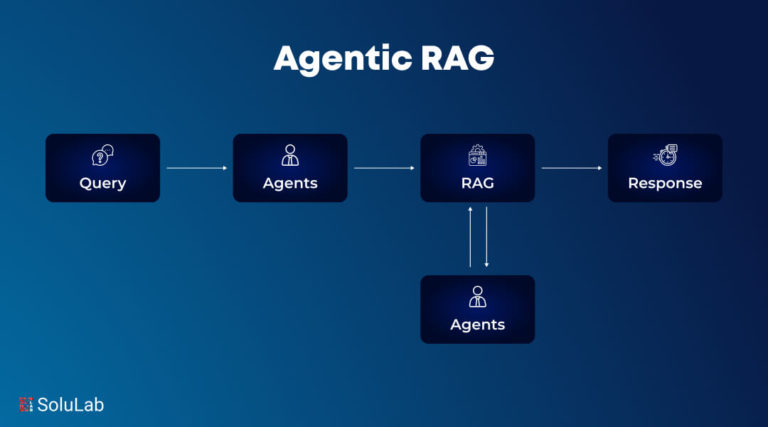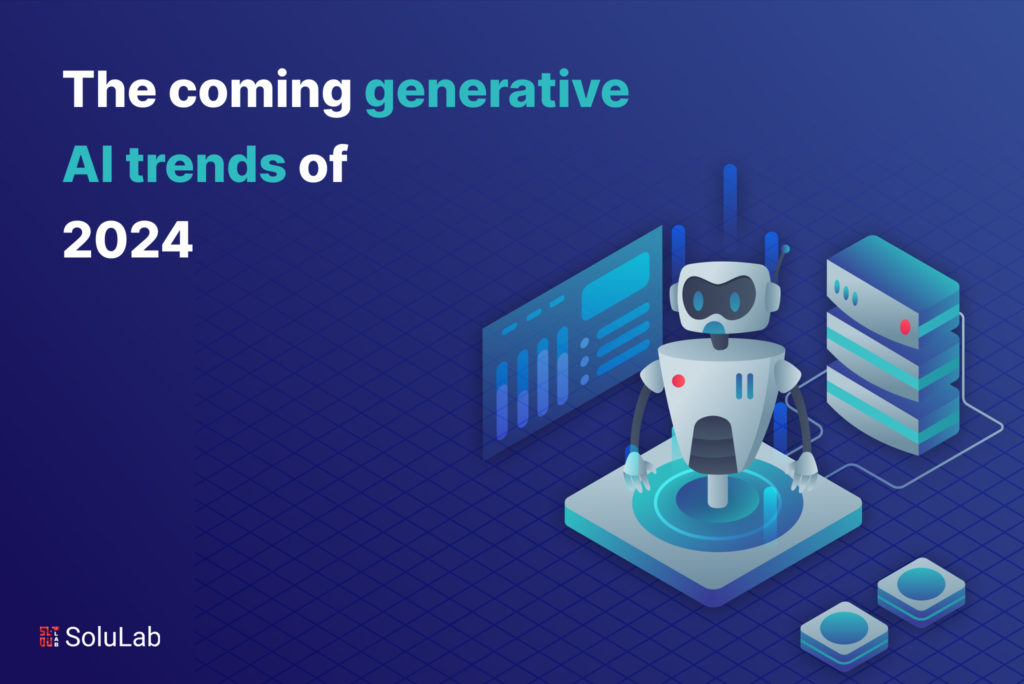
In the rapidly evolving landscape of artificial intelligence (AI), one facet that continues to captivate researchers, developers, and businesses alike is Generative AI. As we look ahead to 2024, the coming year promises to be a transformative period for generative AI, witnessing groundbreaking advancements and novel applications. In this comprehensive exploration, we delve into what generative AI is, the current state of generative AI development, and the key trends that are poised to shape the landscape in 2024.
Understanding Generative AI
Generative AI, short for Generative Artificial Intelligence, is a subfield of Artificial Intelligence that focuses on developing algorithms and models capable of generating new, original content. Unlike traditional AI systems that are rule-based and task-specific, generative AI possesses the ability to autonomously produce content, ranging from text and images to audio and video.
At the heart of generative AI are advanced machine learning techniques, particularly deep learning. Generative models, a category of models within the realm of generative AI, are designed to understand and replicate patterns in data, allowing them to create output that closely resembles human-generated content.
Generative AI systems learn from vast datasets to understand the underlying structures and features present in the data. Once trained, these systems can generate new content by extrapolating from the patterns they’ve learned. This capability is particularly powerful in tasks such as image synthesis, text generation, and even the creation of multimedia content.
Key characteristics of generative AI include:
Autonomy: Generative AI systems can operate autonomously, creating content without explicit programming for each specific task. This autonomy allows for flexibility and adaptability in various applications.
Creativity: Generative AI is often celebrated for its creative potential. Whether generating art, music, or text, these systems can produce content that exhibits creativity and innovation, sometimes challenging traditional notions of what can be considered “human” creativity.
Diversity: Generative AI models can produce a wide variety of outputs. For example, a text-generating model can create diverse sentences and paragraphs, while an image-generating model can produce a range of visual content, from realistic scenes to abstract art.
Learning from Data: Generative AI models learn from extensive datasets. During the training process, they analyze and capture patterns present in the data, allowing them to generalize and generate new content based on those learned patterns.
Multimodal Capabilities: Modern Generative AI models often exhibit multimodal capabilities, meaning they can generate content in multiple forms simultaneously. This could include generating captions for images or synthesizing realistic audio to accompany generated visuals.
Common types of generative models include Variational Autoencoders (VAEs), Generative Adversarial Networks (GANs), and autoregressive models like the Transformer architecture used in models such as OpenAI’s GPT (Generative Pre-trained Transformer) series.
Generative AI has found applications in various domains, including content creation, art, music, natural language processing, drug discovery, and more. As the field continues to evolve, the capabilities of generative AI are expected to expand, leading to new and innovative uses across industries.
What were the popular Generative AI Trends in 2023?
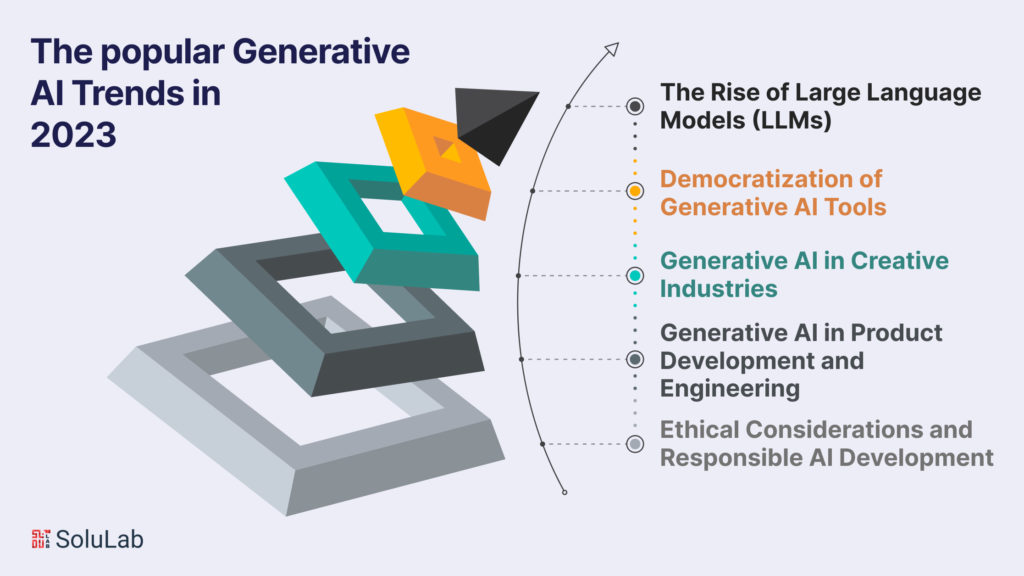
Before diving in the Generative AI Trends of 2024, let us first have a look at what caught the eyes of the people this year. 2023 has been a watershed year for generative AI, with significant advancements and widespread adoption across various industries.
1. The Rise of Large Language Models (LLMs)
Large language models (LLMs) have been at the forefront of generative AI’s progress. These powerful neural networks, trained on massive datasets of text and code, have demonstrated remarkable capabilities in generating human-quality text, translating languages, writing different creative content formats, and answering questions in an informative way. LLMs like OpenAI’s GPT-3, Google AI’s Bard, and Meta’s Megatron-Turing NLG have become the foundation for a wide range of generative AI applications.
2. Democratization of Generative AI Tools
The complex and specialized nature of generative AI technology has traditionally confined its use to large tech companies and research institutions. However, in 2023, there has been a significant shift towards democratizing generative AI tools, making them more accessible to individuals and smaller businesses. The emergence of cloud-based platforms, open-source tools, and user-friendly interfaces has lowered the barrier to entry, enabling more people to experiment with and harness the power of generative AI.
3. Generative AI in Creative Industries
Generative AI has revolutionized the creative industries, providing artists, designers, and content creators with unprecedented tools for expression and innovation. AI-powered tools can generate original music, artwork, and even scripts, opening up new possibilities for creative exploration and collaboration. The visual arts have been particularly impacted by generative AI, with tools like DALL-E 2 and Midjourney enabling users to create stunning images from simple text descriptions.
4. Generative AI in Product Development and Engineering
Generative AI is transforming product development and engineering by automating repetitive tasks, optimizing designs, and generating novel solutions. In the field of drug discovery, generative AI is being used to design new molecules with desired properties, accelerating the process of bringing new medicines to market. In the engineering realm, generative AI is being used to optimize product designs, reducing material usage and improving performance.
5. Ethical Considerations and Responsible AI Development
As generative AI continues to evolve, ethical considerations and responsible AI development have come to the forefront. The potential for misuse of generative AI, such as creating deepfakes or spreading misinformation, has raised concerns about the need for ethical guidelines and frameworks. The development of AI explainability tools, which can provide insights into how AI models make decisions, is crucial for building trust and ensuring responsible AI practices.
Generative AI has undoubtedly become a transformative force in the technology landscape, impacting various industries and shaping the future of how we create, interact, and solve problems. As generative AI continues to mature, its impact is poised to grow even more significant, shaping the world around us in ways we can only begin to imagine.
Generative AI Trends for 2024
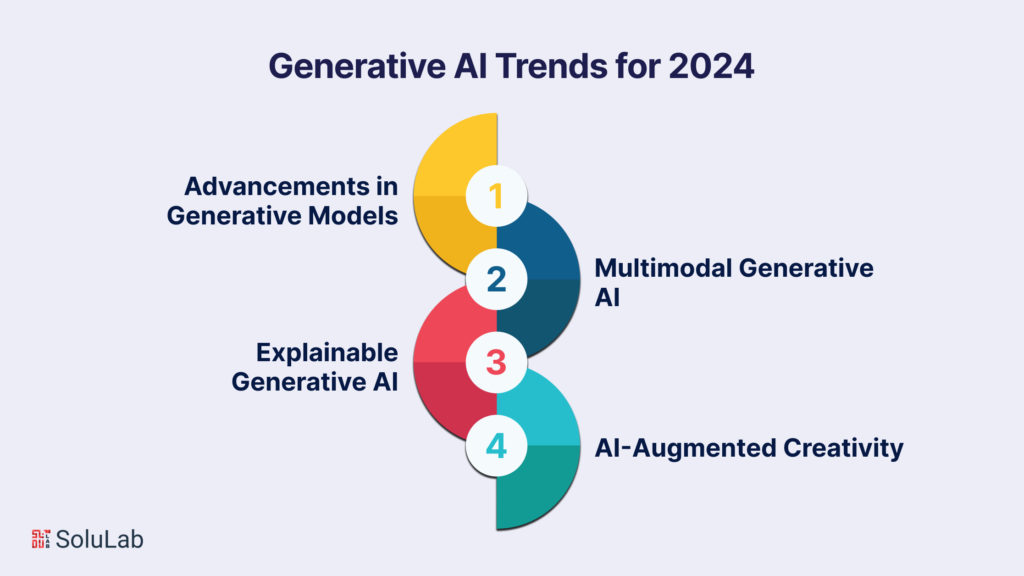
-
Advancements in Generative Models:
The year 2024 is expected to witness remarkable advancements in generative models, with a focus on improving the quality, diversity, and efficiency of generated content. GPT (Generative Pre-trained Transformer) models, such as GPT-4, are anticipated to set new benchmarks in natural language generation, while innovations in image generation models, like DALL-E, are poised to redefine the boundaries of visual creativity.
-
Multimodal Generative AI:
An emerging trend in 2024 is the convergence of generative models into multimodal frameworks. This involves integrating multiple data modalities, such as text, images, and audio, into a single generative model. The result is a more holistic and nuanced understanding of content generation, enabling AI systems to create diverse and expressive outputs across different mediums.
-
Explainable Generative AI:
As the adoption of generative AI in critical applications grows, the need for explainability becomes paramount. In 2024, we can expect a surge in research and development efforts dedicated to making generative AI models more interpretable and transparent. This trend aims to address the “black box” nature of many generative models, fostering trust and understanding in their application.
-
AI-Augmented Creativity:
Creative industries are poised to benefit significantly from generative AI in 2024. Collaborative efforts between human creators and AI systems will become more seamless, giving rise to a new era of AI-augmented creativity. Whether in the realms of art, music, or design, generative AI will serve as a powerful tool, inspiring and complementing human creativity rather than replacing it.
Generative AI Applications
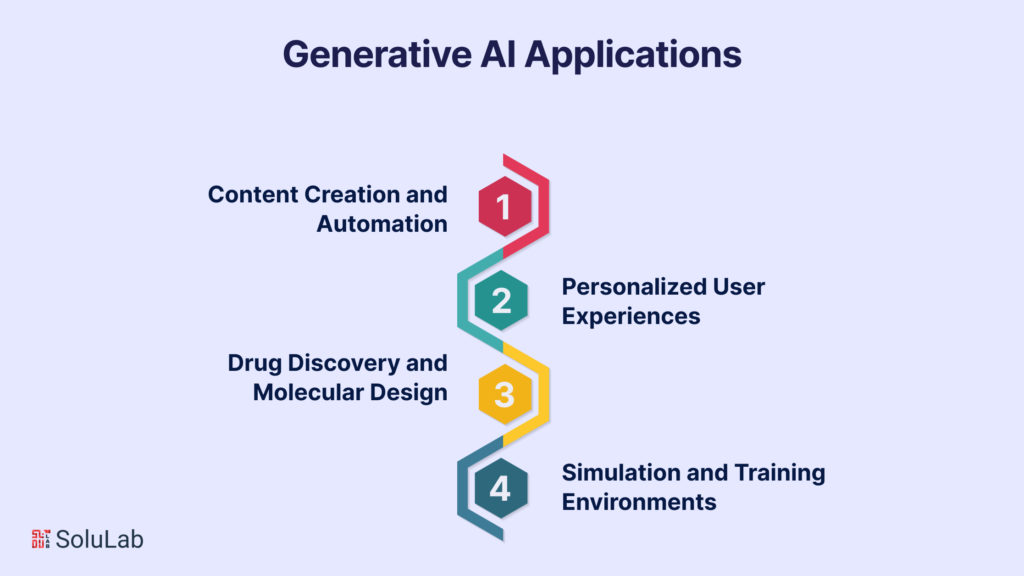
-
Content Creation and Automation:
One of the primary applications of generative AI is in content creation and automation. In 2024, businesses and content creators will increasingly leverage generative AI to automate the production of written articles, graphic design elements, and even marketing materials. This not only enhances efficiency but also allows for a more dynamic and scalable approach to content creation.
-
Personalized User Experiences:
Generative AI is set to revolutionize user experiences by enabling highly personalized content delivery. From personalized product recommendations to tailored news feeds, generative AI algorithms will analyze user behavior and preferences, creating bespoke experiences that resonate with individual users.
-
Drug Discovery and Molecular Design:
In the realm of healthcare and pharmaceuticals, generative AI is making significant strides. In 2024, we can expect generative models to play a pivotal role in drug discovery and molecular design. By generating molecular structures and predicting their properties, generative AI accelerates the drug development process, potentially leading to breakthroughs in medical research.
-
Simulation and Training Environments:
Generative AI finds applications in creating realistic simulation and training environments for various industries, including aviation, healthcare, and manufacturing. In 2024, the development of generative models capable of simulating complex scenarios with high fidelity will drive advancements in training programs and enhance real-world preparedness.
Generative AI Development
1. Open-Source Initiatives:
The collaborative nature of AI development is exemplified by the prevalence of open-source initiatives in the generative AI domain. In 2024, we can anticipate the continuation of efforts to democratize access to state-of-the-art generative models and frameworks. Open-source projects like TensorFlow and PyTorch will likely see widespread adoption and community contributions.
2. Ethical Considerations in Generative AI:
The development of generative AI is accompanied by ethical considerations that demand careful attention. Issues such as bias in generated content, misuse of AI-generated deepfakes, and the potential societal impact of autonomous content creation require ongoing scrutiny. In 2024, we can expect increased emphasis on ethical guidelines and frameworks for the responsible development and deployment of generative AI.
Generative AI Development Companies
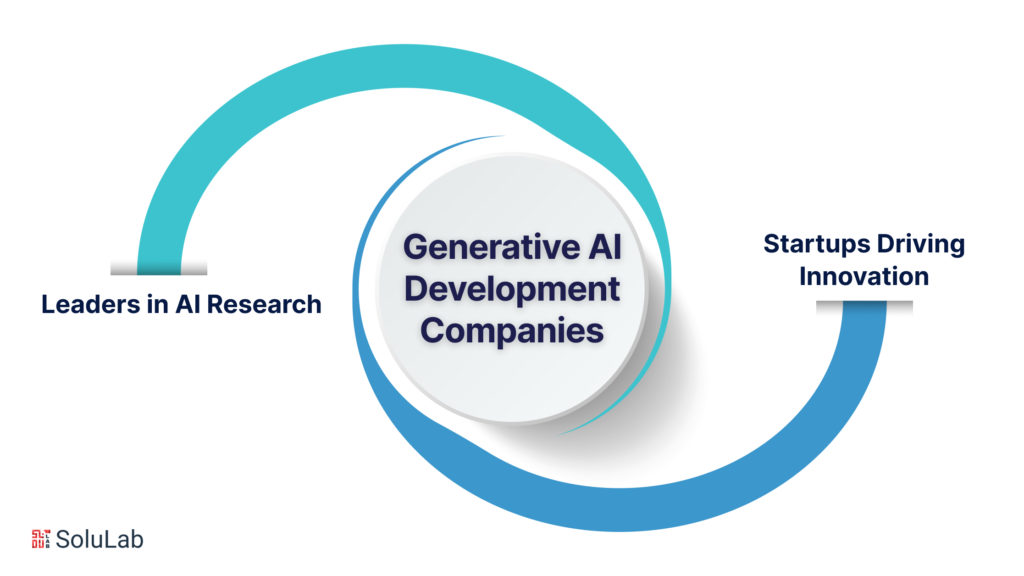
1. Leaders in AI Research:
Companies at the forefront of generative AI development include industry leaders such as OpenAI, DeepMind, and NVIDIA. These organizations invest heavily in research and development to push the boundaries of what generative AI can achieve. In 2024, we anticipate these companies continuing to set the standard for innovation in the field.
2. Startups Driving Innovation:
The generative AI landscape is also characterized by the emergence of innovative startups dedicated to advancing the technology. Startups like OpenGenus and VeevAI are actively contributing to the development of novel generative models and applications. In 2024, we can expect a surge in startup activity, with new players entering the arena to explore untapped opportunities.
Conclusion
As we stand on the cusp of 2024, the trajectory of generative AI appears poised for unprecedented growth and innovation. From advancements in generative models to the ethical considerations that accompany their development, the coming year promises to be a pivotal chapter in the ongoing saga of artificial intelligence.
Venturing into the realm of generative AI demands a profound understanding of the underlying mechanisms and the myriad applications these models offer. Facilitating this exploration are Generative AI development services, exemplified by industry leader SoluLab, making the utilization of this cutting-edge technology more accessible than ever before.
Renowned in the tech industry, SoluLab stands out by delivering comprehensive generative AI development solutions tailored to the distinct needs of each client. Their team of proficient professionals excels in conceiving innovative applications fueled by generative AI, thereby enhancing efficiency, fostering creativity, and adding substantial value to your projects. Whether you are a startup seeking to explore uncharted territories or an established business in pursuit of avant-garde solutions, SoluLab provides unparalleled generative AI development services perfectly aligned with your objectives.
For those prepared to leverage the capabilities of AI in their endeavors, forging a partnership with SoluLab is a prudent choice. With their wealth of expertise and experience as a generative AI development company, clients can unlock the full potential of this transformative technology, propelling their projects to unprecedented heights.
Seize the opportunity to reshape industries, ignite innovation, and redefine the limits of what can be achieved – all under the guidance of SoluLab’s best-in-class generative AI developers.
Embark on a journey into the realm of generative AI with SoluLab by your side. Reach out to SoluLab today to explore the vast possibilities, reimagine processes, and revolutionize your projects through the innovative application of generative AI.
FAQs
1. What is Generative AI?
Generative AI, short for Generative Artificial Intelligence, refers to a subset of Artificial intelligence focused on creating algorithms and models capable of autonomously generating new, original content. This content can range from text and images to audio and video, and it is generated based on patterns and structures learned from large datasets.
2. How does Generative AI differ from the traditional styled AI?
Traditional AI systems are typically rule-based and task-specific, requiring explicit programming for each task. In contrast, generative AI has the ability to autonomously generate content without task-specific programming. It learns from data and can produce diverse and creative outputs.
3. What are some popular applications of Generative AI?
Generative AI finds applications in various domains, including content creation, art, music, natural language processing, drug discovery, and more. It is used for tasks such as generating text, creating realistic images, composing music, and simulating environments for training purposes.
4. Can Generative AI models understand and generate content in different formats simultaneously?
Yes, many modern generative AI models exhibit multimodal capabilities. This means they can process and generate content across different modalities, such as text, images, and audio, simultaneously. This capability enables more comprehensive and nuanced content generation.
5. How is ethical consideration addressed in Generative AI development?
Ethical considerations in Generative AI development are addressed through the establishment of guidelines and frameworks. Developers aim to mitigate biases in generated content, prevent the misuse of AI-generated deepfakes, and ensure transparency and accountability in the development process. Responsible AI development practices are crucial to address ethical concerns.
6. What are some challenges in Generative AI development?
Challenges in Generative AI development include addressing issues of bias in generated content, ensuring the interpretability of complex models, and managing ethical concerns related to the potential misuse of AI-generated content. Ongoing research and development efforts are dedicated to overcoming these challenges.
7. How can businesses benefit from Generative AI?
Businesses can benefit from Generative AI in several ways. It can automate content creation, personalize user experiences, accelerate innovation in creative industries, enhance simulations and training environments, and contribute to advancements in healthcare, among other applications. Generative AI has the potential to drive efficiency, creativity, and value across different sectors.




